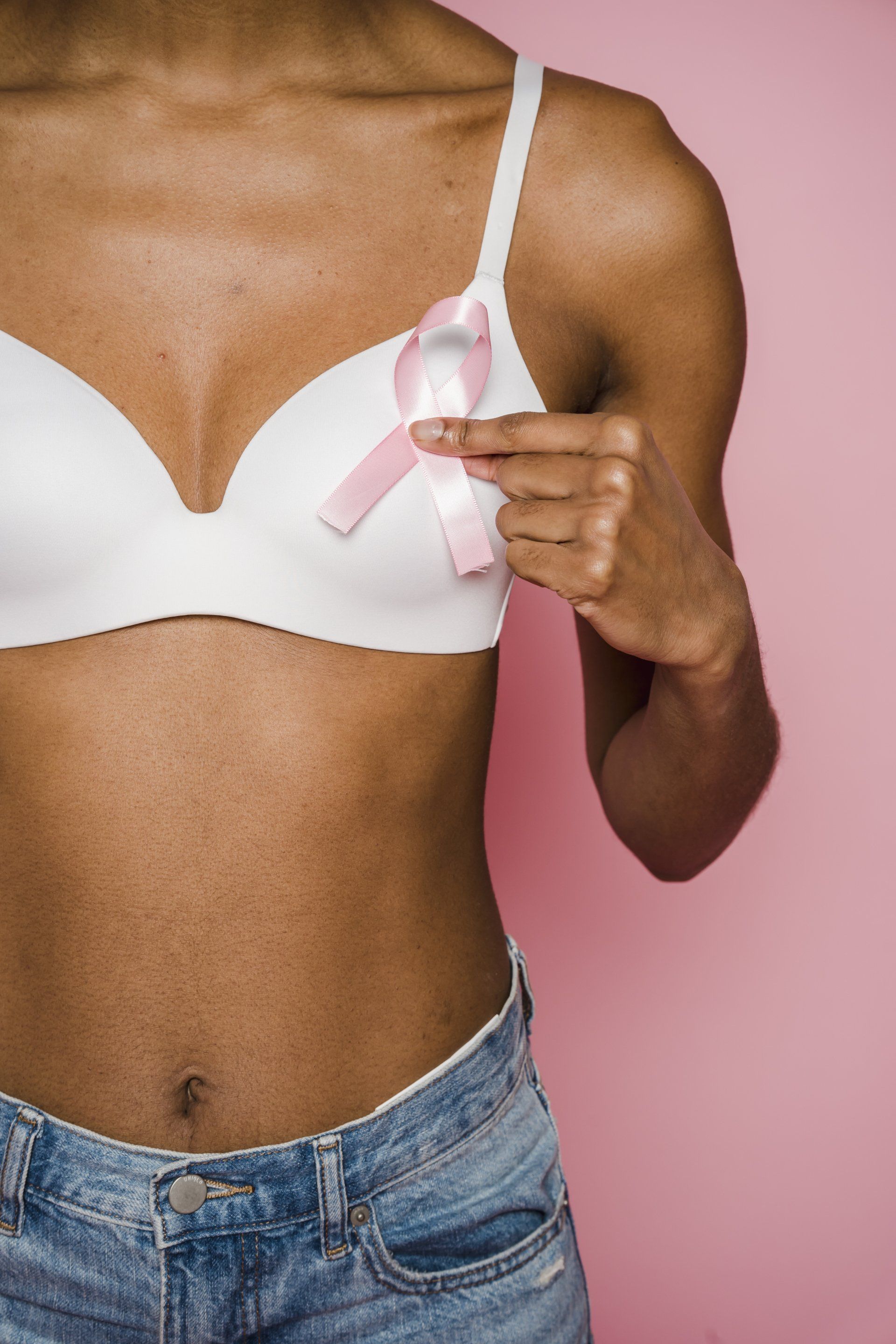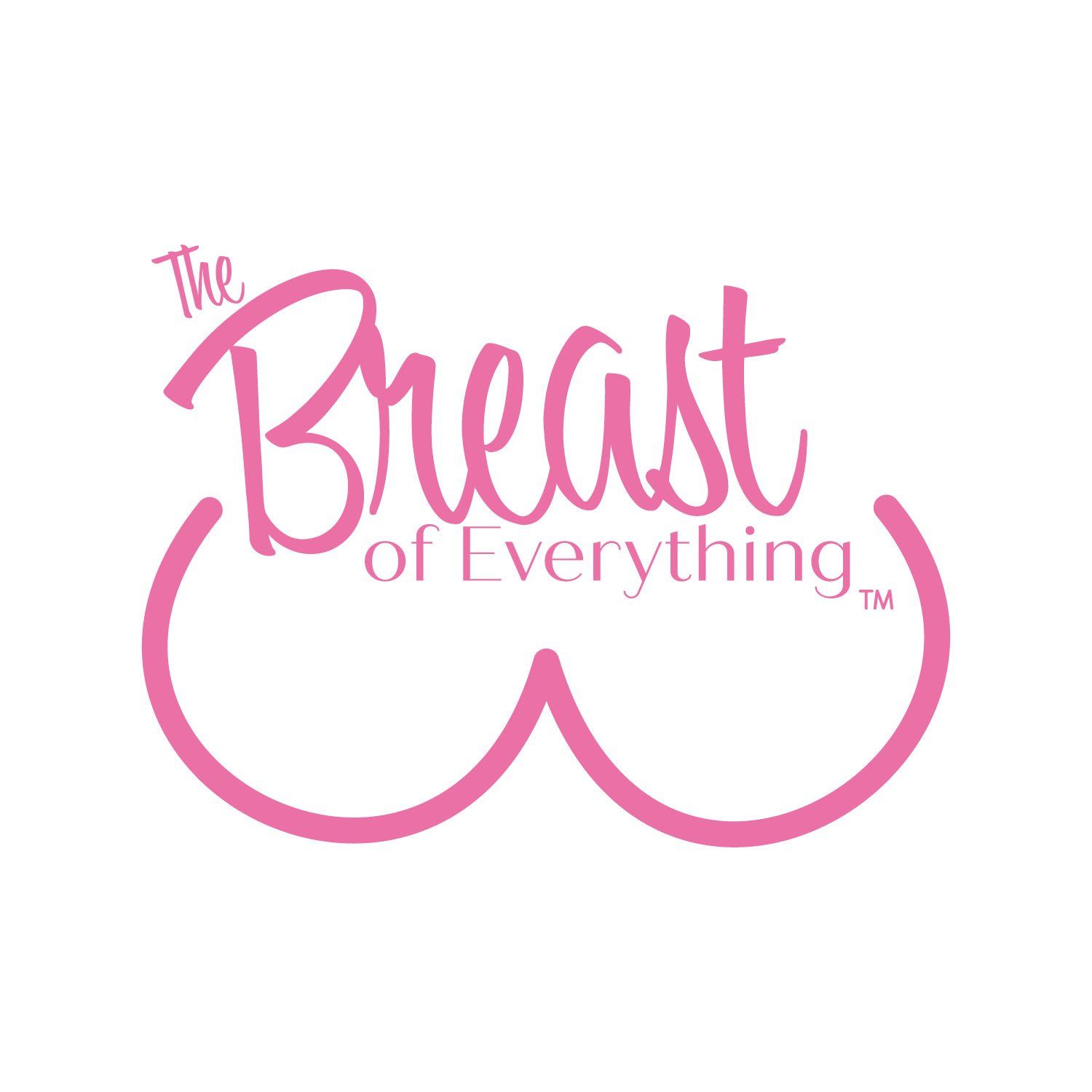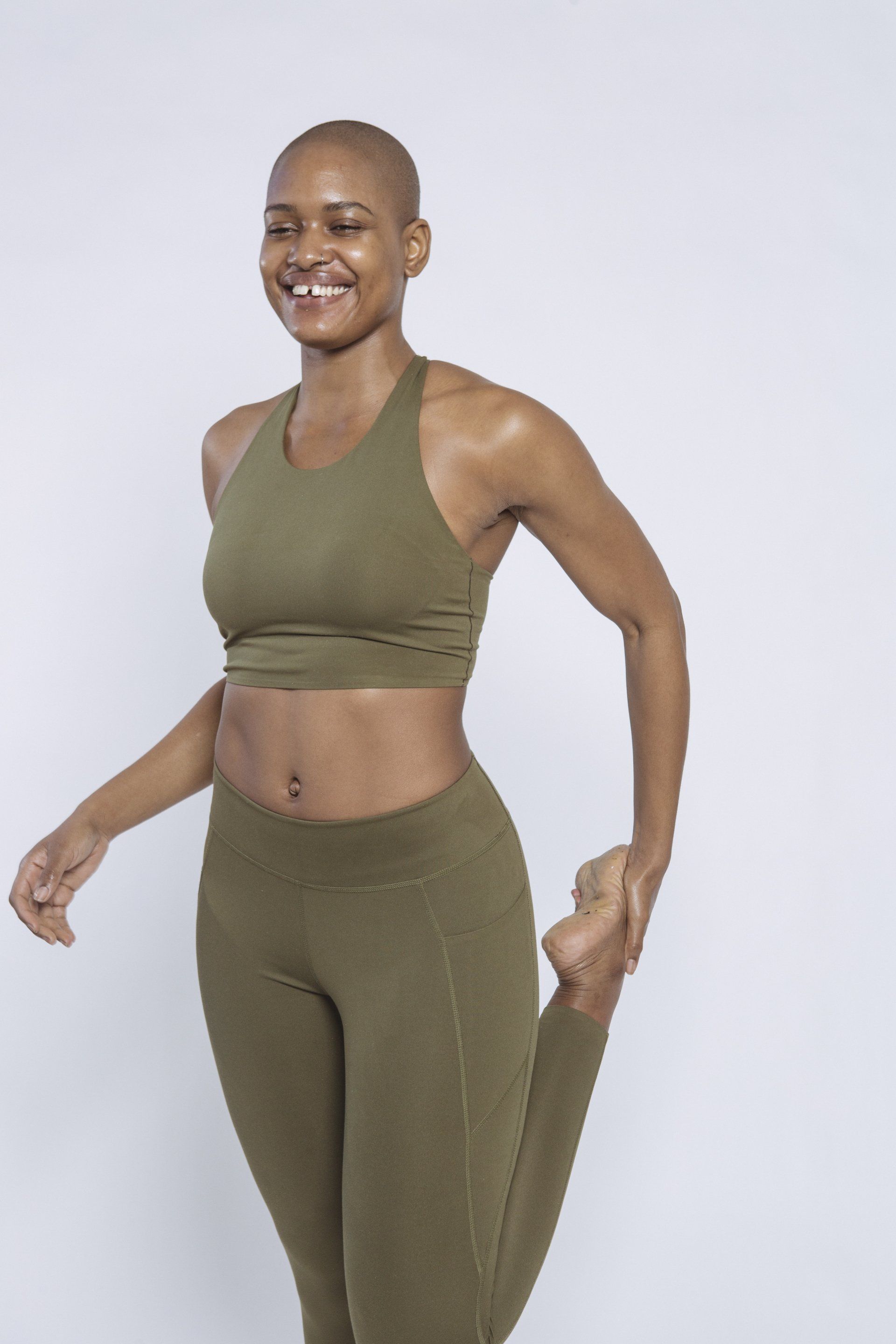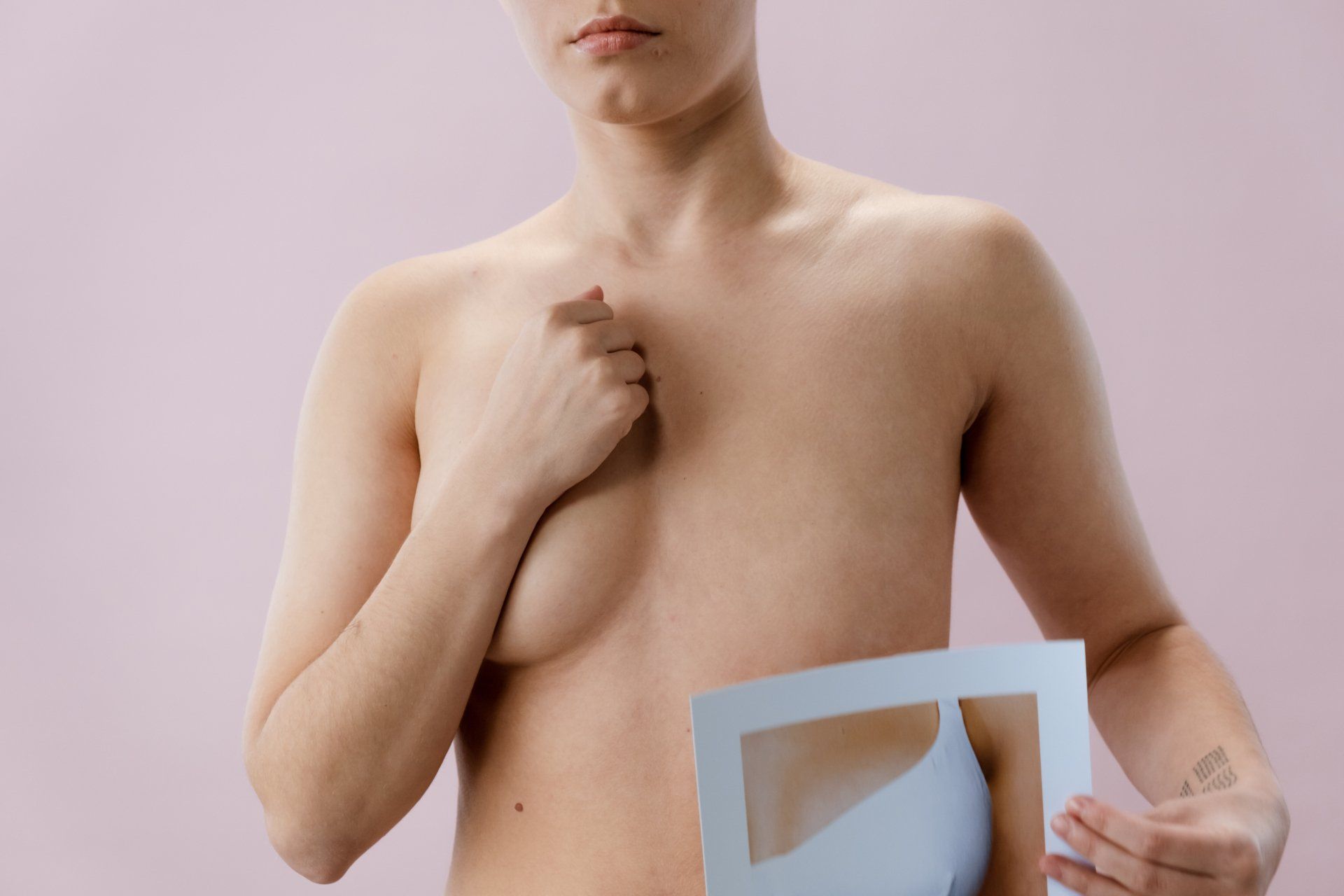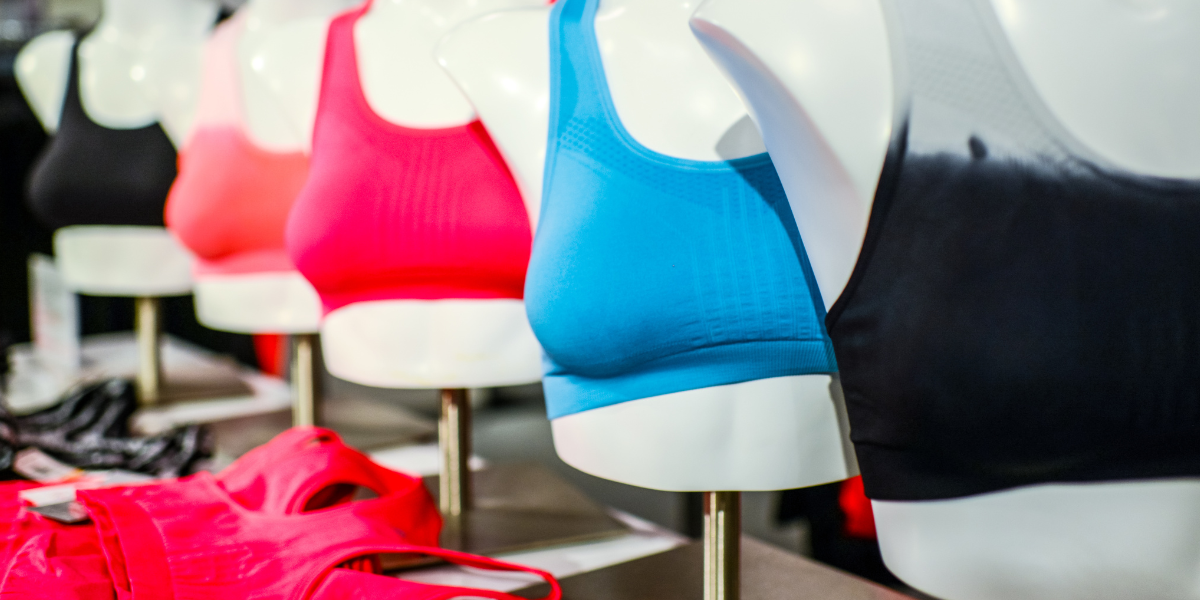How To Take Care Of Your Breast Prostheses
It's important to take proper care of your breast prosthesis to extend its lifespan and keep it looking and feeling its best. With a little TLC, your prosthesis can provide you with many years of comfort and satisfaction!
Here are some simple tips for keeping your breast prosthesis in good shape.
RELATED: The Best Bras After Breast Surgery
How to Care For Breast Prosthesis: 8 Tips
About Breast Prosthesis
According to the American Cancer Society, breast cancer is the most common form of cancer in women in the United States. While there are many treatment options available, breast cancer surgery is often the recommended course of action, which includes having a mastectomy or having your breast removed.
The good news is that, thanks to advances in medical technology, women who have had a mastectomy can choose to have breast reconstruction surgery. This type of surgery rebuilds the breasts using either implants or flap surgery, which uses tissue from another part of the body. The type of reconstructive surgery will depend on several factors, including the breast shape and size, the patient's body tape, and their personal preferences.
However, in some cases wherein breast reconstruction surgery is not an option, there are a number of breast reconstruction alternatives available. In these instances, a breast prosthesis, or artificial breast, can be used.
Prostheses are breast forms that are used to replace natural breast tissue that's been removed due to a mastectomy. They're worn to restore the natural shape and appearance of the breast.
In recent years, more and more companies have begun to offer custom-made prostheses for a more natural look and feel. They can be worn with or without mastectomy bras, and some types even attach directly to the chest wall.
Most insurance companies or insurance plans can cover the cost of a post-mastectomy prosthesis. And while it's not required that you have a breast form, most women find it helpful in terms of both their physical appearance and emotional well-being.
Types of Breast Prosthesis
Breast prostheses come in different sizes, shapes, and skin tones. They're made from a variety of materials as well, including silicone, fabric, foam, latex, and fiberglass, and some even come with bathing suit tops.
Additionally, prostheses can be attached to the body in a variety of ways, including with straps or adhesives.
According to Johns Hopkins Medicine, here are the different types of breast prosthesis:
- External Silicone Breast Form
This is a type of breast form that's made from silicone gel and fits over the chest muscles. It creates a more natural look and feel than other types of prostheses.
This type of breast form is weighted, which can help you achieve correct posture. In addition, a permanent silicone prosthesis is less likely to shift or move around like temporary prosthetics can.
- Non-silicone Breast Prosthesis
Non-silicone breast prostheses are made from different materials, such as foam or fiberfill. They're typically lighter than silicone prosthetics and can be a good option for other women who have allergies to silicone. Additionally, these breast forms are often less expensive than their silicone counterparts.
- Attachable Breast Form
Attachable breast prostheses are forms that can be attached to the body with adhesives.
- Soft Form Breast Prosthesis
A soft form or temporary breast prosthesis is typically made from lighter materials. It's meant to be worn immediately after surgery and can be used until the incisions have healed and the swelling has gone down. Once the healing process is complete, women can then move on to a more permanent solution.
- Partial Breast Prosthesis
A partial breast prosthesis, also known as "shell" or "shaper," fills in the area where breast tissue has been removed and gives the illusion of a fuller breast. It can be worn with either a mastectomy bra or a regular bra.
- Prosthetic Nipple
Prosthetic nipples are made from soft silicone and can be attached to a reconstructed breast or prosthesis. They can be worn with or without a bra. Furthermore, they're available in a variety of colors, so you can find the perfect match for your skin tone.
RELATED: What Is A Mastectomy? | Everything You Need To Know
Breast Form Care Instructions
Your breast prosthesis is an important part of your daily life, and it deserves to be treated with care. Here are some tips on how to take care of your prosthesis:
- Handle Your Prosthesis Gently
When putting on or taking off your prosthesis, handle it gently. Avoid squeezing, dropping, bending or pinching the breast form, as this can damage the internal structure.
- Lightly Dust Your Prosthesis
When you're ready to put on your breast prosthesis, lightly dust it with a soft cloth or brush to remove any build-up of sweat or oils. Alternatively, you may use a gentle, unscented powder to keep your prosthesis clean and dry. Avoid using scented powders or deodorants as they can cause irritation.
- Attach the Straps Accordingly
If your prosthesis has a strap, make sure that it's adjusted correctly so that it's comfortable and secure. Attach the straps according to the manufacturer’s instructions.
- Clean Your Prosthesis Regularly
It's important to keep your prosthesis clean to prevent skin irritation or infection. Gently hand wash your breast prosthesis with mild soap and cool water after each wearing.
Avoid using hot water, as this can damage the prosthesis. You can also use a gentle cleansing lotion designed specifically for breast prostheses.
Never twist or wring out your prosthesis; simply blot it dry with a soft towel.
- Avoid Sharp Objects
Any contact with a sharp object, such as knives, scissors, and needles, can damage the silicone surface of your prosthesis. Be especially careful when wearing underwire bras or during activities like gardening or sports where sharp objects may be present.
If you do come into contact with a sharp object, inspect your prosthesis for any punctures or cracks.
- Store Your Prosthesis Properly
When you're not wearing your prosthesis, it's important to store it in a cool, dry place. Avoid storing it in direct sunlight or in an area where it might be exposed to high temperatures, as it can damage the silicone surface. You should also avoid squishing or rolling your prosthesis when you store it, as this can damage the shape.
The best way to store your prosthesis is in a specially designed storage bag that'll help protect it from dust and other potential damage.
- Be Careful with Chemicals
Chemicals such as bleach and detergents can damage your breast prosthesis, so it's important to avoid using them directly on your prosthesis. If you need to use these chemicals, be sure to dilute them first and always rinse off your prosthesis afterwards.
- Replace Your Prosthesis if Necessary
If your breast prosthesis starts to yellow, becomes cracked, or just doesn’t look and feel as nice as it used to, it's probably time for a new one. Most breast prostheses last for about 5 years, but this can vary depending on how well you take care of it and how often you wear it.
Conclusion
With proper care, your breast prosthesis can last for many years! By following these simple tips, you can keep yours in good condition and looking its best.
If you have any questions about how to take care of your prosthesis or experience any problems, be sure to consult with a healthcare professional or a certified mastectomy fitter. They can help you ensure that you're taking the best possible care of your breast prosthesis.
If you're ready to start shopping for a breast prosthesis, we've got a great selection available here! Browse our collection of breast forms and find the perfect one for you!
Up Next:
- Breast Cancer And Exercise: The Role Of Physical Activity In Women With Breast Cancer
- How To Improve Breast Health
- Atypical Ductal Hyperplasia: What You Need To Know
